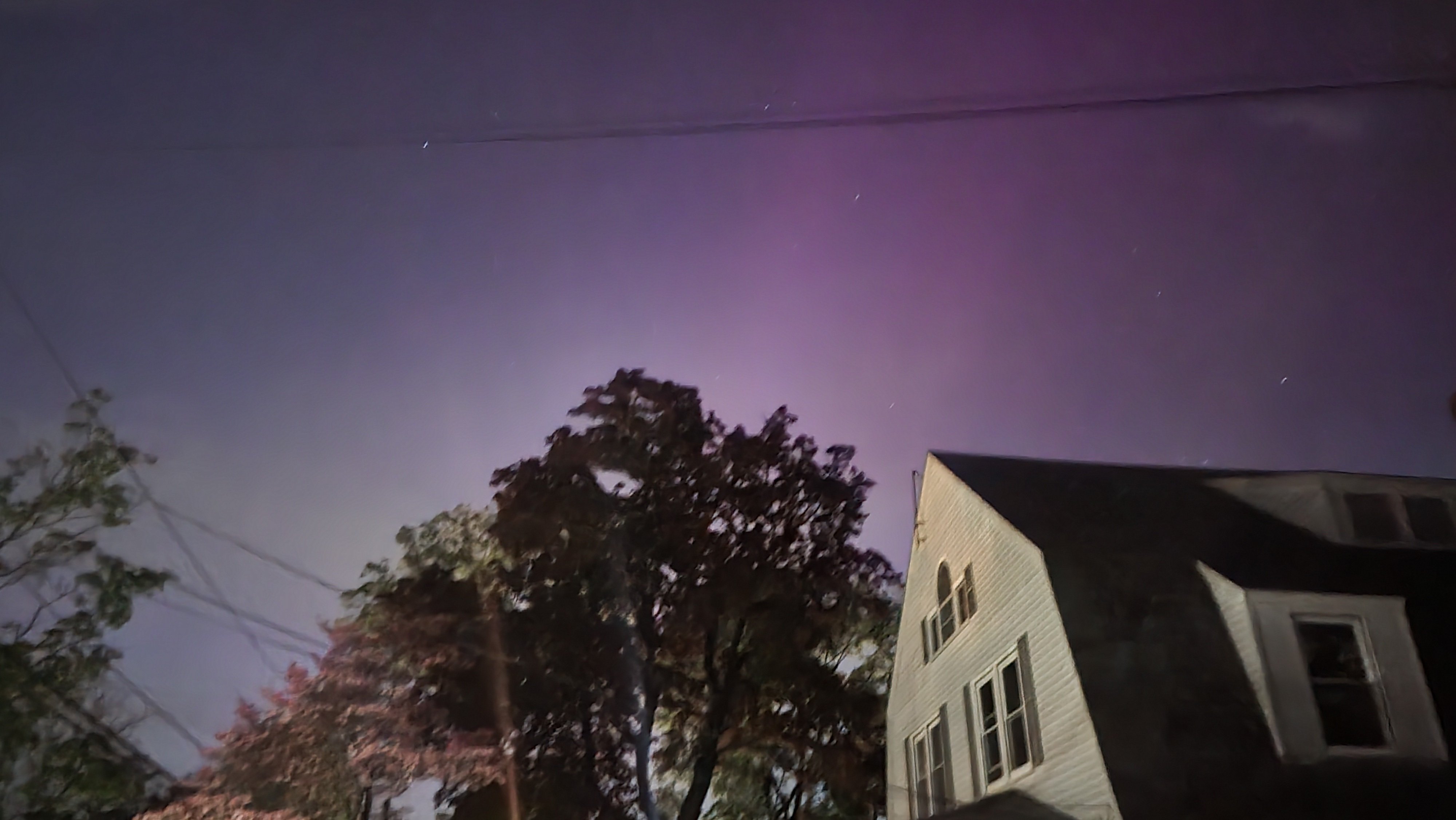It's not an Instagram filter, it's exposure time. I set my camera on night mode and it took pictures during 4-10 seconds and the results were incredible
But even with the naked eye the lights were incredible last night
We arrived to the park before sunset and the biggest display was right when it became dark enough and a lot of people started arriving 2-3 hours later after watching pictures of other people and they were complaining that it didn't look as magical as the pictures. Lots of those people who arrived late were also using flashlights and just taking pictures of using their phones, not letting their eyes get used to the dark conditions or even really looking at the sky




